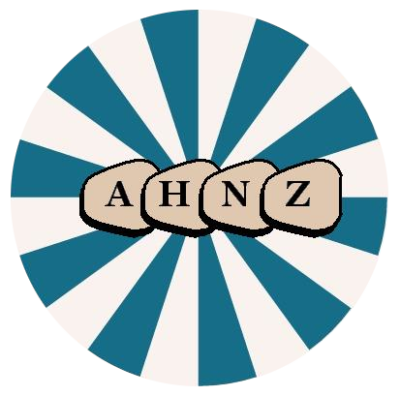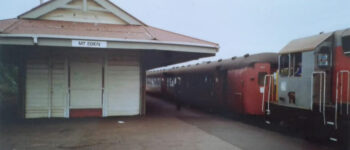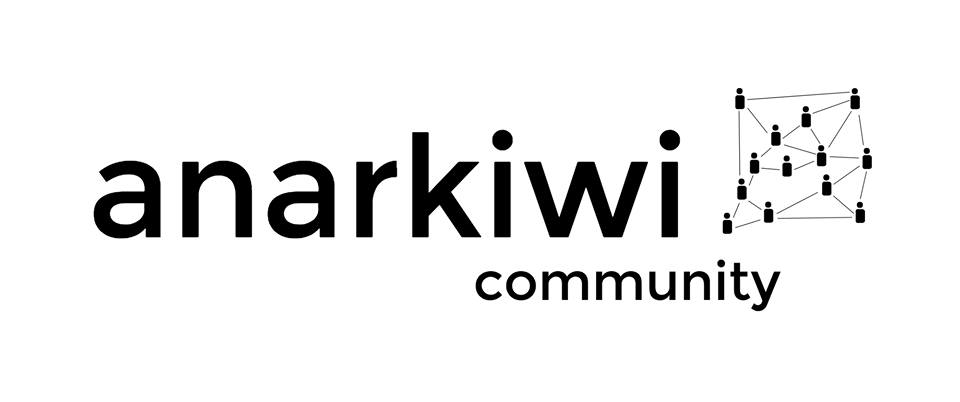1880: Mount Eden Railway Station
March 29, 2025
By AHNZ
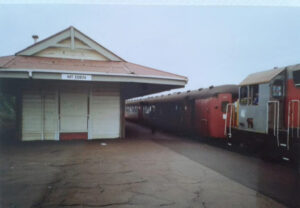 Today in New Zealand history, 29 March, 1880, the Mount Eden Railway Station opened on what was then called the Kaipara Railway. This and transformed the place. It used to be the outskirts which is why Mt Eden prison was put there. A huge ammunition factory was established in 1885. Mt Eden became highly populated and industrial thanks to Mt Eden Railway Station feeding into it like an artery.
Today in New Zealand history, 29 March, 1880, the Mount Eden Railway Station opened on what was then called the Kaipara Railway. This and transformed the place. It used to be the outskirts which is why Mt Eden prison was put there. A huge ammunition factory was established in 1885. Mt Eden became highly populated and industrial thanks to Mt Eden Railway Station feeding into it like an artery.
“A few years ago were to be seen rugged waste land and huge lagoons, while a one-horse road threaded its uneven, uninviting course round the mountain. Within the short space of three years a great change has taken place. A broad road has been formed and Macadamised.” – Auckland Star (1880,) Papers Past
I’m sure it was charming for most of its life but for as long as I’ve known and used it (past 20 years) its been a pretty ugly station. Accessed only though long over-head stairways that deposit a commuter to wait on a sort of dirty urban island surrounded by rails and menacing cityscape.
The name, of course, has an even longer heritage. New Zealand’s first county, Eden, was proclaimed by Gov. William Hobson himself in July 1842. Eden County was named, like Auckland itself, after Hobson’s ‘handler’ George Eden, Earl of Auckland. So, it’s a very special heritage name.
And, we can’t have that can we?
Along with other Auckland stations, Mt Eden’s heritage is now to be re-branded. According to Ngā Pou Taunaha o Aotearoa New Zealand Geographic Chairperson Anselm Haanen…aka Surveyor General the station has a new name now. ‘Maungawhau Railway Station’ Seemingly translates to Mountain of Fire based on the Maoris retrospectively learning from Ango-Zelandians that Mt Eden is an extinct volcano. It was on fire but that was 15,000 years ago.
“Maungawhau Railway Station is the new name for Mount Eden station, named after its proximity to the nearby maunga (mountain) and its whau (trees)….To recognise its proximity to Waitematā Harbour and its connection to it, as well as the transportation options there, Britomart Station has been renamed Waitematā Railway Station.” – Britomart to be renamed – six other Auckland railway stations to be given new names, ZB (2023)
“New Zealand Geographic Board is an independent statutory body that is supported and administered by Toitū Te Whenua Land Information New Zealand. Meanwhile, consultation also opened today on a proposal to correct the spelling of the Lower Hutt suburb Petone to Pito One.” – Māori name changes for Auckland suburbs: NZ Geographic Board opens consultations on proposals, NZ Herald (2024)
“Board membership as listed on the Net –
Chairman: Anselm Haanen, the Surveyor-General, and as you would expect a surveyor by profession – an Otago University-educated master’s degree level surveyor.
Robin Kearns, an Auckland professor of geography. The board description of Kearns includes: “He is a social and cultural geographer who is widely published on the links between health and places, and has influenced the development of the subdiscipline known as health geography”.
Paulette Tamati-Elliffe, nominated by the South Island’s Ngai Tahu tribe. The board lists her qualifaction as graduate of Te Panekiretanga o te Reo Maori – Institute of Excellence in Maori Language.
Merata Kawharu, a Maori described as a “part-time professor at the Centre for Sustainability at Otago University.” However, Kawharu has a Ph.D. in anthropology from Oxford University, and was awarded an MNZM for services to Maori education.
Jenni Vernon, a primary school teacher, and a Resource Management Act Hearings Commissioner. She chaired the Waikato Regional Council from 2004 to 2007.
Adam Greenland, the National Hydrographer. He has qualifications in hydrographic surveying and mapping, and is a former Merchant Navy deck officer.
Iaean Cranwell, the nominee of Local Government New Zealand. He has a B.Sc. in biology is described as current “co-chair” of Te Maruata, the national collective of Maori in governance roles in Local Government New Zealand. He has been Ngai Tahu councillor on Environment Canterbury.
Cadence Kaumoana, a nominee of the Minister for Maori Development. No information on her is provided on the Geographic Board web site, other than she was nominated to the board by the Minister for Maori Development. A web site shows she has a Ph.D. in education from Auckland University, and is a former chief executive of the Maniapoto Maori Trust Board.
Mahana Toka, similarly listed as “biography to be updated soon”. However, the Net shows he is half-owner of the Huntly company Niwha Ltd, which seems to be a business consultancy.” – Jack5, comment to Kiwiblog (2024)
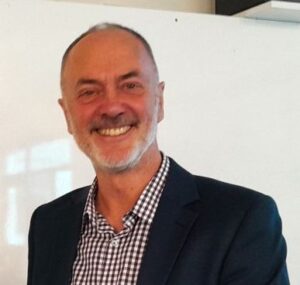 Anselem and his board have been responsible for many name changes in the new ‘Aotearoa New Zealand’ State-imposed culture we are currently in. Despite his important public role and the huge changes he signs his name to we have very little of his biography. Based on his name I assume Anselem is Dutch. Probably part of the ‘Tulip Munchers’/’Clog Wog’ Dutch immigration boom of the 1970s. Eg. Dutch immigrants like Tim Shadbolt and Ruud Kleinpaste. Migrants like these don’t tend to connect with New Zealand culture so much so don’t mind selling it out. Or, don’t mind over-compensating by going over-board with psudo-Maori gimmicks. If so, Anselm Haanen is in high competition with Race Relations Boss Meng Foon for the prize of Most Disruptive Immigrant to our country!
Anselem and his board have been responsible for many name changes in the new ‘Aotearoa New Zealand’ State-imposed culture we are currently in. Despite his important public role and the huge changes he signs his name to we have very little of his biography. Based on his name I assume Anselem is Dutch. Probably part of the ‘Tulip Munchers’/’Clog Wog’ Dutch immigration boom of the 1970s. Eg. Dutch immigrants like Tim Shadbolt and Ruud Kleinpaste. Migrants like these don’t tend to connect with New Zealand culture so much so don’t mind selling it out. Or, don’t mind over-compensating by going over-board with psudo-Maori gimmicks. If so, Anselm Haanen is in high competition with Race Relations Boss Meng Foon for the prize of Most Disruptive Immigrant to our country!
As we can see from the list of LINZ board members they are a bunch of Wokesters, holdovers from Labour 6.0 except for one. The previous Ministers for Land Information, Eugenie Sage and Damien O’Connor, apparently let the board run rampant when it came to Aotearoa’ing up every name they could. The National 6.0 Ministry has Chris Penk as Minister and he saying “no.” They’re not used to that. A 10th member in Mick Abbott is also on the board now and he must feel pretty isolated among those other odd-balls.
Labour’s old board (like many) are drawing big pay cheques but sit as lame ducks now because Minister Penk isn’t heeding their advice. In time they will all be replaced but for now they’re useless. For example, they tried to make Petone into “Pito One” and he shot it down. The came for National Park Railway Station; Denied. Takanini wasn’t Maori enough for the movement that already started printing signs with Takaanini on them; Blocked by Penk. It remains to be seen if Russell will be re-colonised as “Kororāreka.”
It’s an awful thing to have The State dictating to us what we may call our own territory. It is, quite obviously, a political football where decisions are made to score points in a culture war rather than have anything to do with serving the public. For example, the Whangarei suburb of Kamo was switched to Te Kamo though most submissions called for the status quo. Usually the ‘Maori’ names are made-up ones with zero precedence but replace others that have existed for generations simply because they’re not Woke-sounding enough.
The Anarchist answer? Calling things by their proper name should be up to the people not up to The State. Place names become a political prize to be won and shoved down everyone’s throats. The Government has no place telling us how to speak or, by extension, how to think.
—
Image ref. Mt Eden Railway Station 1992, Marianne Sprey, Facebook (1992)
Image ref. Anselm Haanen, Toitū Te Whenua Land Information New Zealand , Facebook (2024)
Ref. Names & Opening & Closing Dates of Railway Stations in New Zealand 1863 to 2010, Juliet Scoble (2010,) Rail Heritage Trust of New Zealand
 Like Comment Share
Like Comment Share
